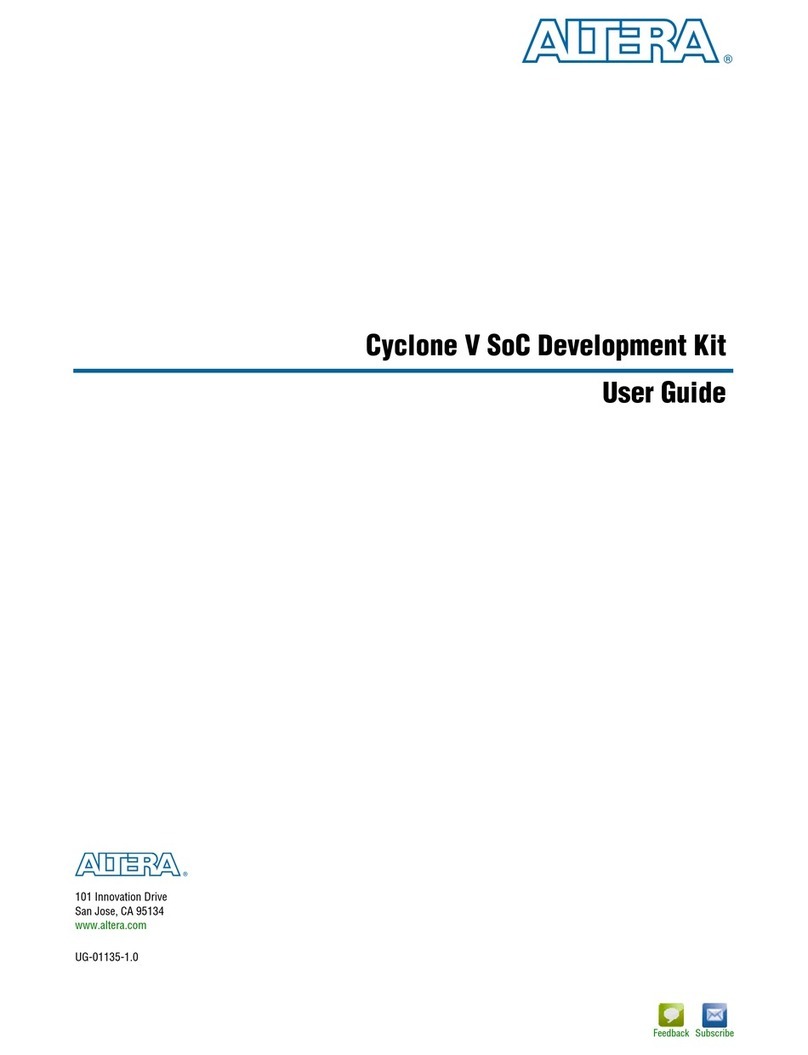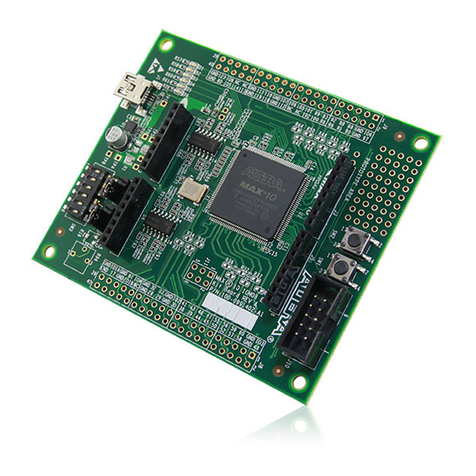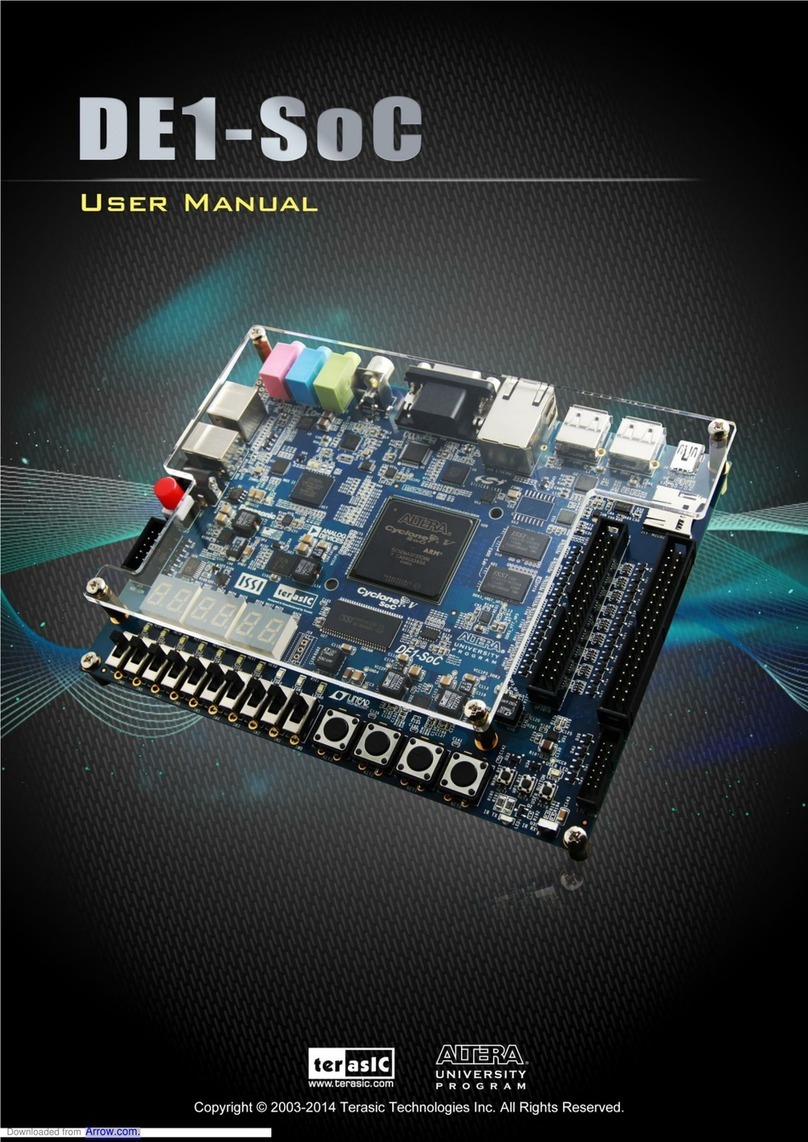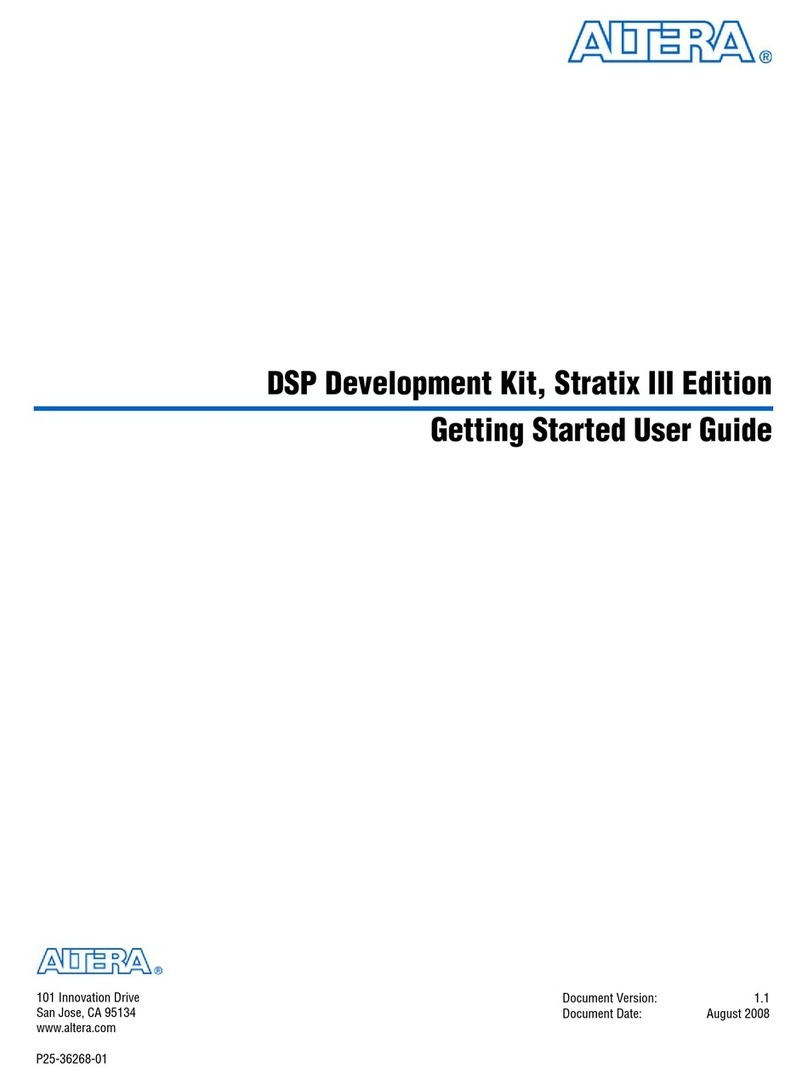Altera Cyclone V User manual
Other Altera Microcontroller manuals

Altera
Altera Arria 10 FPGA User manual
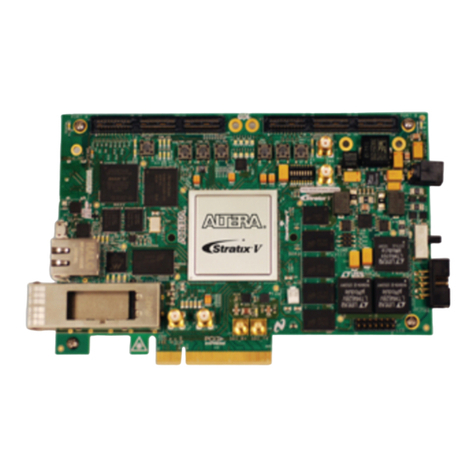
Altera
Altera Stratix V GX FPGA User manual

Altera
Altera DE5-NET User manual
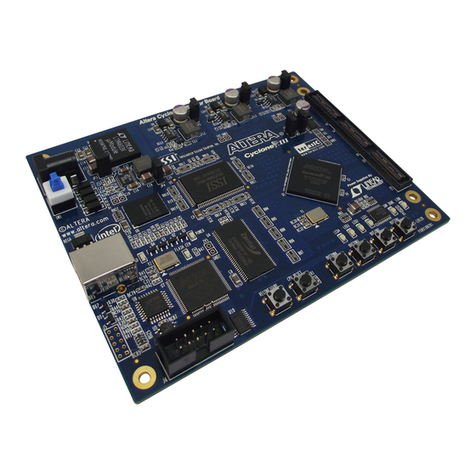
Altera
Altera Cyclone III User manual
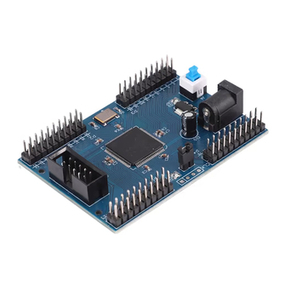
Altera
Altera Max II User manual
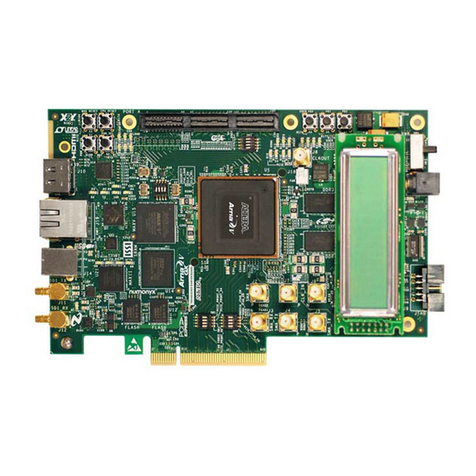
Altera
Altera Arria V GX FPGA User manual
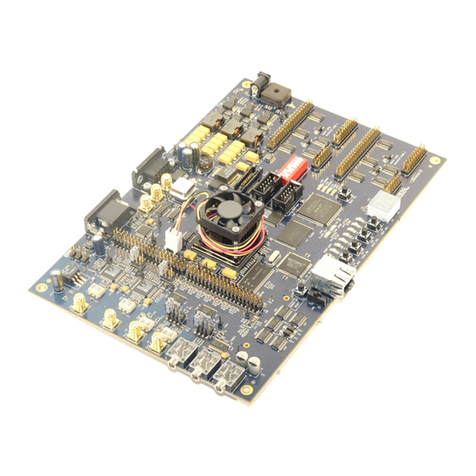
Altera
Altera DSP Development Kit User manual
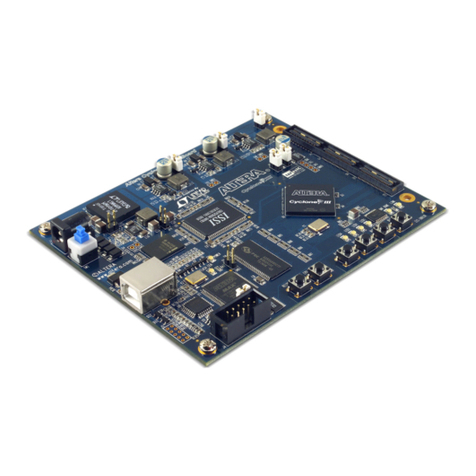
Altera
Altera Cyclone III FPGA User manual
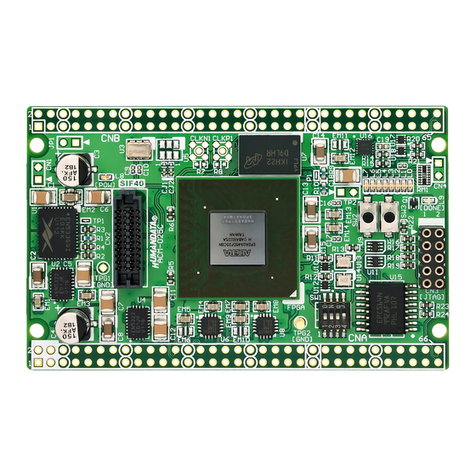
Altera
Altera Arria II GX FPGA User manual
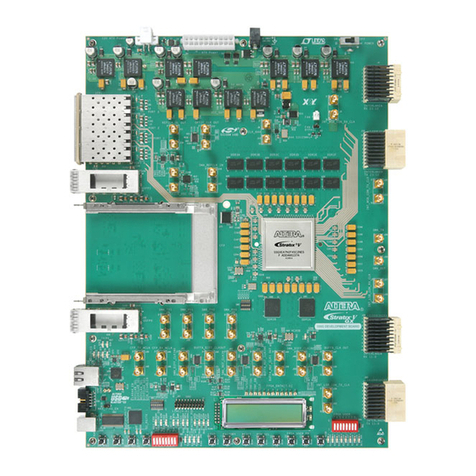
Altera
Altera Stratix V GX 100G User manual
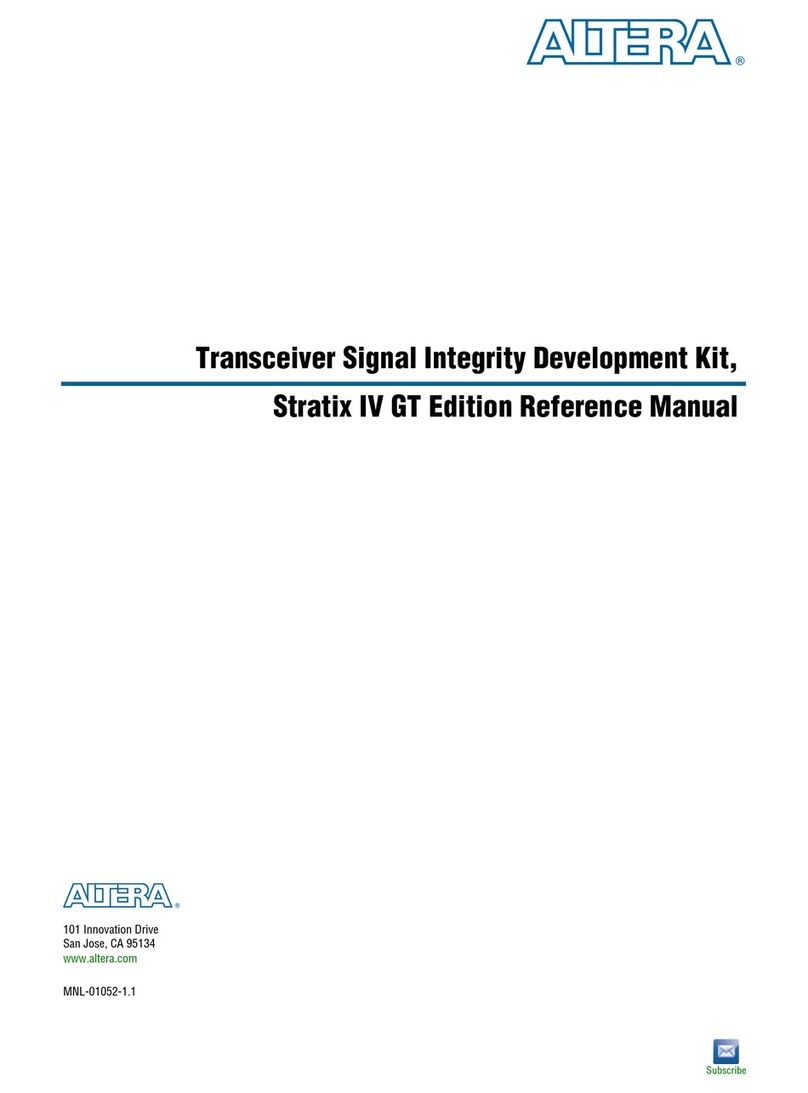
Altera
Altera Stratix IV GT Edition User manual
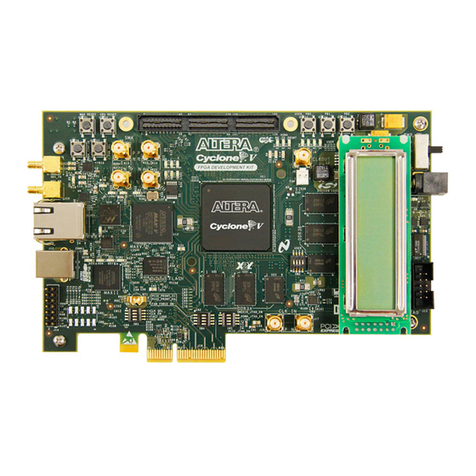
Altera
Altera Cyclone V GX FPGA User manual
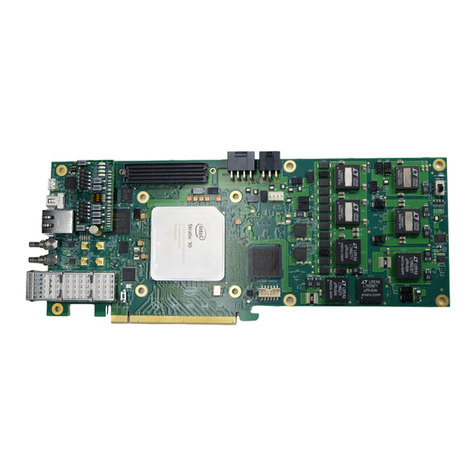
Altera
Altera Stratix 10 GX FPGA User manual

Altera
Altera Stratix IV GX User manual

Altera
Altera MAX II Micro Kit User manual

Altera
Altera Cyclone III User manual
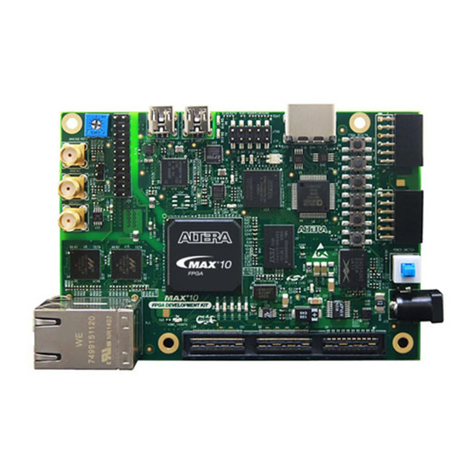
Altera
Altera Max10 FPGA User manual
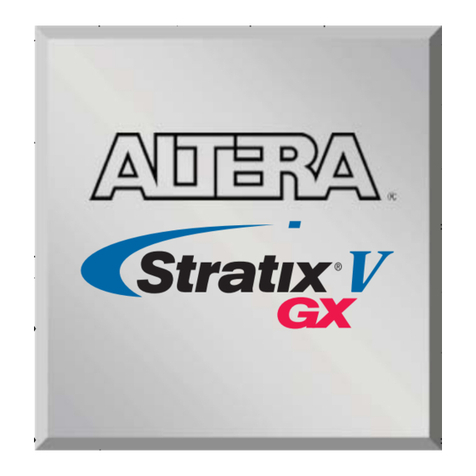
Altera
Altera Stratix V GX Edition User manual
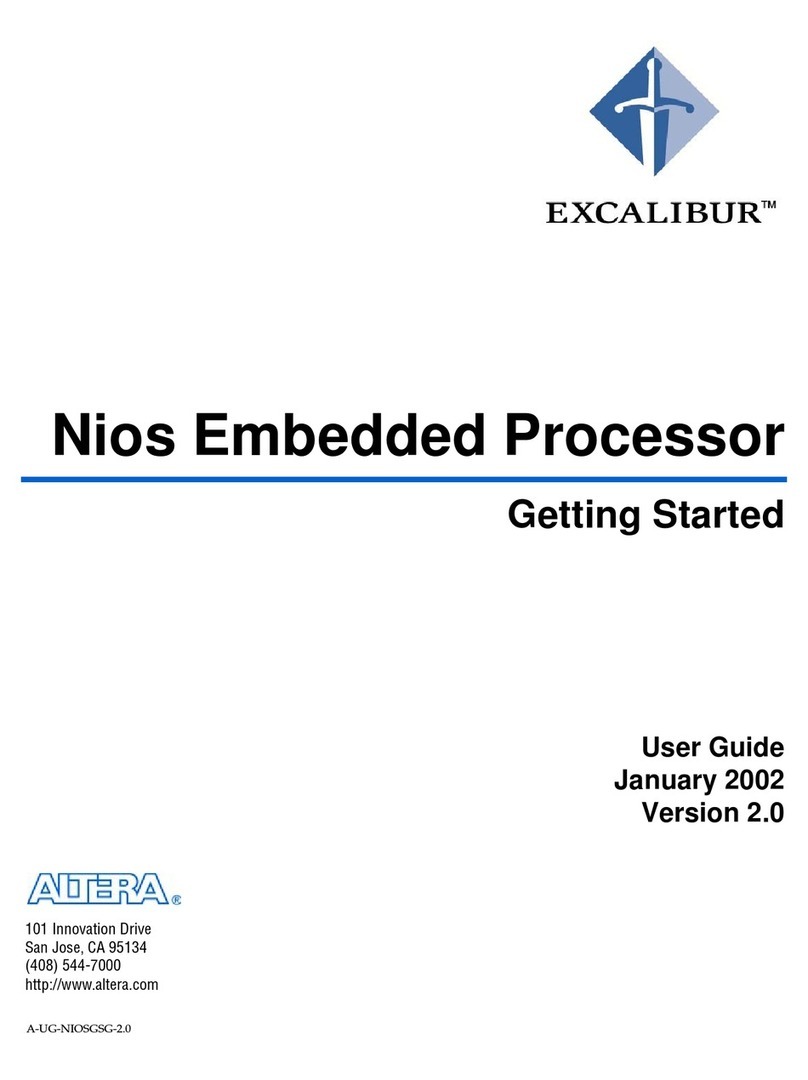
Altera
Altera Excalibur APEX 20K200E User manual

Altera
Altera Nios II User manual
Popular Microcontroller manuals by other brands

DIGITAL-LOGIC
DIGITAL-LOGIC MICROSPACE manual

Texas Instruments
Texas Instruments TMS320F2837 D Series Workshop Guide and Lab Manual

CYPRES
CYPRES CY14NVSRAMKIT-001 user guide

Espressif Systems
Espressif Systems ESP8266EX Programming guide

Abov
Abov AC33M8128L user manual
Silicon Laboratories
Silicon Laboratories C8051F800 user guide
